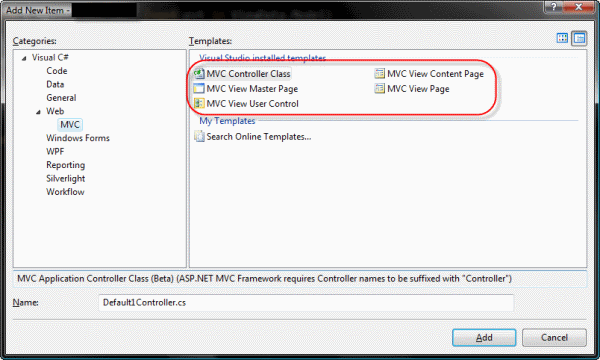My Blog

Url: http://www.simonsegal.net/blog/2009/01/20/linqp...
Url: http://wilderminds.blob.core.windows.net/downloads/blinkctrl.zip

Url: http://www.twincitiesdevelopersguild.com/

Internet Explorer 7 can annoy me at times (I use FireFox and Chrome a lot too). One of the problems I have is the HTML editor I use on my site (not one that you would have access to) only works in IE currently. I've been putting off fixing this so for now when I author a blog-post I have to use IE.

Url: http://wildermuth.com/2009/01/18/Fun_with_Items...

Url: http://wilderminds.blob.core.windows.net/downloads/notalistbox.zip

Url: http://www.silverlightshow.net/shows/Control-Cu...

Url: http://blogs.msdn.com/webnext/archive/2009/01/1...

Url: http://www.silverlightshow.net/shows/Consuming-...

Url: http://wilderminds.blob.core.windows.net/downloads/movingchart.zip

Url: http://www.microsoft.com/downloads/details.aspx...

Url: http://silverlight-tour.com

Url: http://www.geekdinners.com/DinnerInstance.aspx?...

Url: http://www.sellsbrothers.com/news/showTopic.asp...

Url: http://www.geekdinners.com/DinnerInstance.aspx?...

Url: http://wilderminds.blob.core.windows.net/downloads/StudentSchema.zip

Url: http://wilderminds.blob.core.windows.net/downloads/StudentSchema.zip

Url: http://code.msdn.microsoft.com/EFExtensions

Url: http://wilderminds.blob.core.windows.net/downloads/StudentSchema.zip

I am working on a hybrid ASP.NET MVC and MVC Dynamic Data project. To work on it I started with the MVC Dynamic Data project assuming this would be a Dynamic Data Project and an MVC project. As Scott Hanselman recently posted, you can mix and match pretty easily so the code was working but I was missing an important piece of functionality in Visual Studio:

Url: http://silverlight-tour.com

Url: http://wilderminds.blob.core.windows.net/downloads/asynchronousclo...

Url: http://blogs.msdn.com/saraford/archive/2008/12/...